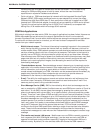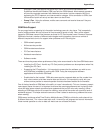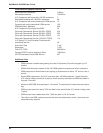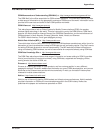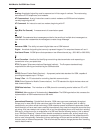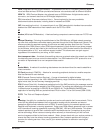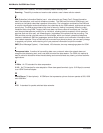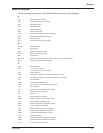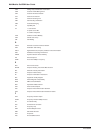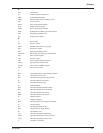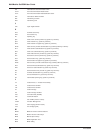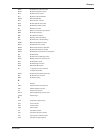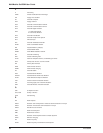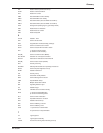
MultiMobile SoftGSM User Guide
MTSGSM
70
RLP (Radio Link Protocol): An error-correction protocol used by GSM.
Roaming: The ability to make and receive calls outside a user’s home cellular network.
S
SIM (Subscriber Information Module) card: also referred to as “Smart Card”. Stores information
about the subscriber, such as their telephone number. The SIM card fits inside a GSM phone, and
contains an individual subscriber’s personal information. The information contained on the SIM card
is used for identification and authentication of a subscriber by the GSM network, and hence acts as a
security key. The SIM card provides a high level of security, making it extremely difficult to make
fraudulent calls using GSM. To date, there have been no known cases of fraudulent use. The SIM
card also provides personal mobility for an individual, allowing them to access all of their personal
services (such as voice mail, call forwarding etc.) regardless of the phone that they are using. The
SIM card also provide a limited amount of local storage, which can contain names and telephone
numbers, missed call, SMS text messages, service center location, and notification information from
their network operator. Since a SIM card can be moved from phone to phone, you can easily change
or upgrade your phone, while retaining all of your personal information and phone number.
SMS (Short Message System): A text-based, 160-character, two way messaging system for GSM.
T
Transparent data: A method of transmitting data over a network, where the network does not
recognize the data being sent, and is not able to control the data session. For GSM, this method is
best for suited to situations where the data being sent cannot tolerate any latency, such as facsimile
applications.
V
V.42
bis
: An ITU standard for data compression.
V.110: An ITU standard for rate adaptation. Allow slow speed terminals (up to 19.2 Kbps) to connect
to an ISDN Terminal Adapter.
W
World Phone (Tri-band phone): A GSM term that represents a phone that can operate at 900, 1800
and 1900 MHz.
X
X.25: A standard for packet switched data networks.



